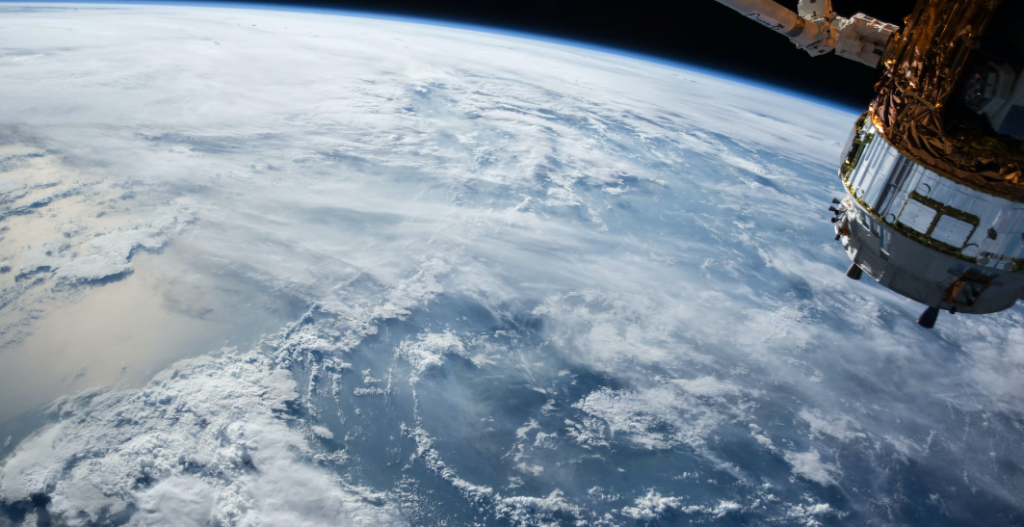NASA Moon Homes Are Coming Soon! Save the Date for 2040

© Mike Petrucci & Luke Stackpoole / Unsplash
Did you think it was over when Neil Armstrong and Buzz Aldrin would be the only ones to step on the moon? Well, think again! Not only will you personally get the chance to step on the moon, you will also be able to live there. At least, that is what these NASA moon homes plan to offer in 2040. Here’s what the US space agency plans to succeed with the plan.
NASA Moon Homes Coming in 2040
NASA has set its sights on establishing habitable structures on the moon, with a projected completion date of 2040. Their approach involves deploying a 3D printer to the lunar surface, which will utilize lunar rock chips and mineral fragments to construct these lunar abodes. While there are skeptics who consider NASA’s timeline ambitious, a number of scientists are confident that this goal is within reach. NASA is actively leveraging cutting-edge technology and forging partnerships with universities and private companies to make this lunar living project a reality.
This marks a pivotal moment in space exploration, and as Niki Werkheiser, NASA’s director of technology maturation, noted, it feels like a blend of a dream sequence and an inevitable step forward.
How Does NASA Plan to Achieve the Goal of Moon Homes?
The U.S. space agency’s plan involves sending a 3D printer to the moon, where it will gradually build structures using specialized lunar concrete. This concrete is derived from the rock chips, mineral fragments, and moon dust found on the moon’s surface, typically creating hazardous clouds when disturbed. This ambitious project is made feasible through cutting-edge technology and collaborative partnerships with universities and private companies.

Niki Werkheiser, who hails from a background of a family-owned construction business in Franklin, Tennessee, plays a pivotal role in steering the development of new programs, machinery, and robotics for future space missions. NASA’s approach is more open than ever to working with academic and industry leaders, a departure from the days of the Apollo missions. Werkheiser expresses confidence in the success of their collective efforts, stating that all the right people are coming together with a common goal. She believes that if they can develop their core capabilities, achieving this lunar construction goal is entirely possible.
How NASA Moon Homes Turned From a Problem to a Solution
One of the significant challenges of establishing a human presence on the moon is the presence of abrasive lunar dust, a fine powder that can have the cutting properties of glass. It tends to form noxious plumes and is hazardous if inhaled. However, four years ago, Raymond Clinton Jr., the deputy director of the science and technology office at NASA’s Marshall Space Flight Center in Huntsville, Alabama, came up with an innovative concept. He used a whiteboard to illustrate the idea of creating houses, roads, and landing pads on the moon using this problematic lunar dust. In this novel perspective, the very obstacle of lunar dust could potentially serve as the solution to constructing lunar infrastructure.
Would you purchase a NASA moon home if you got the chance to? Or do you prefer staying safely back on our good old friend, Earth?
You might also want to read: India’s Triumphal Moon Landing


